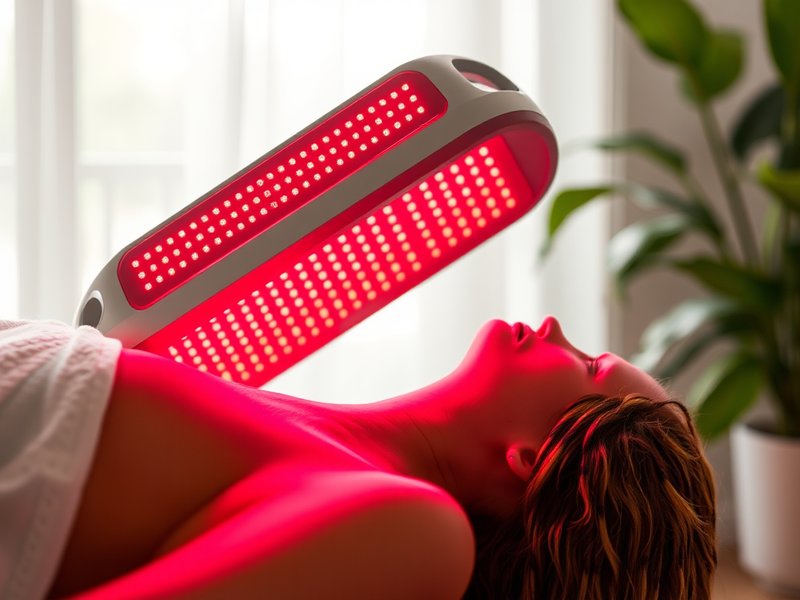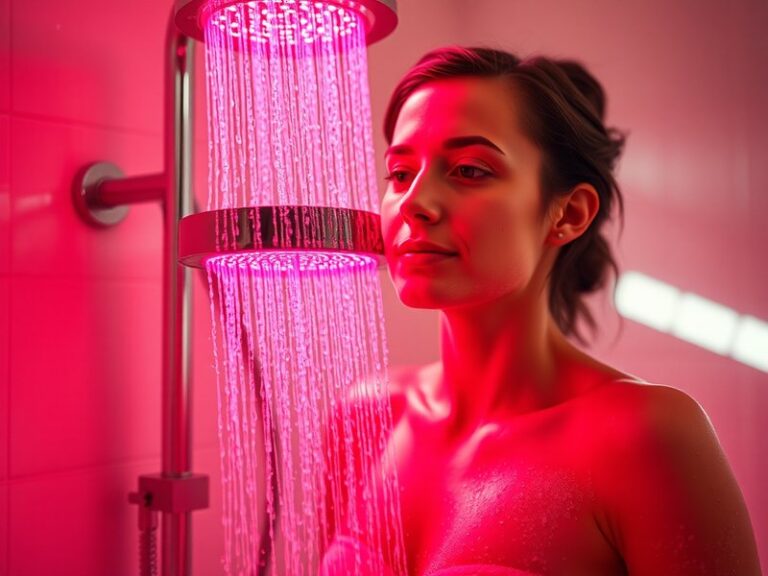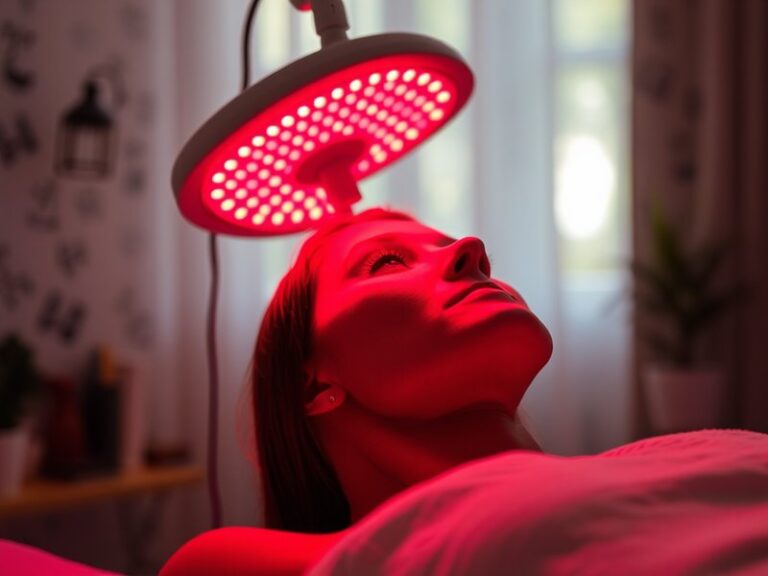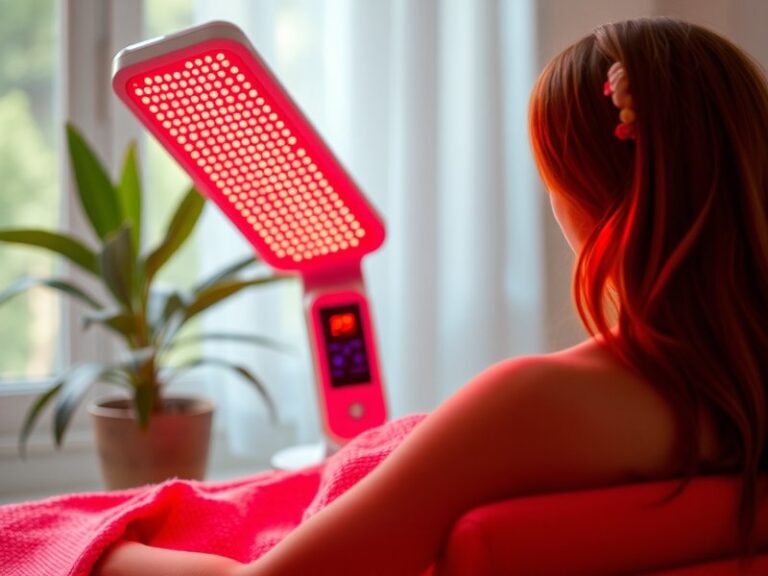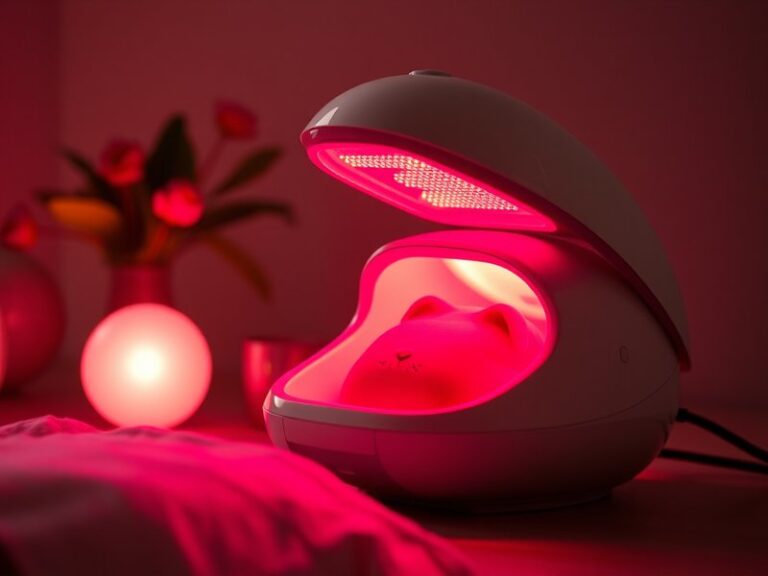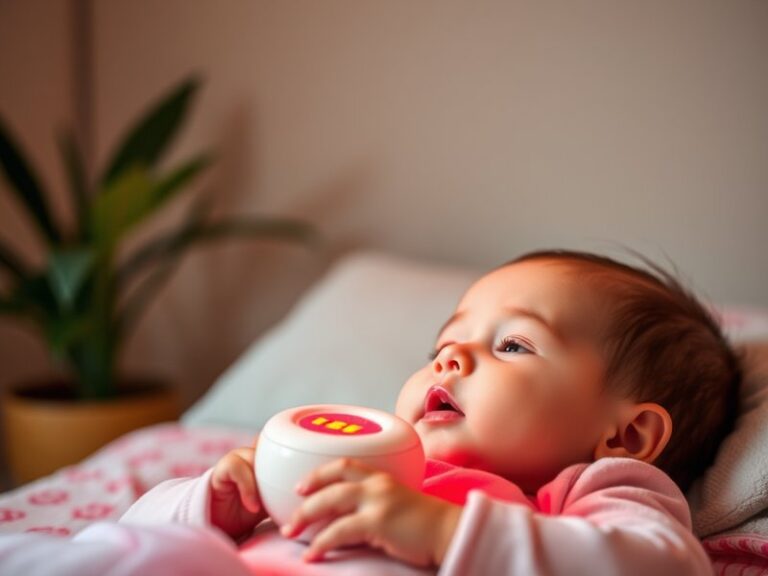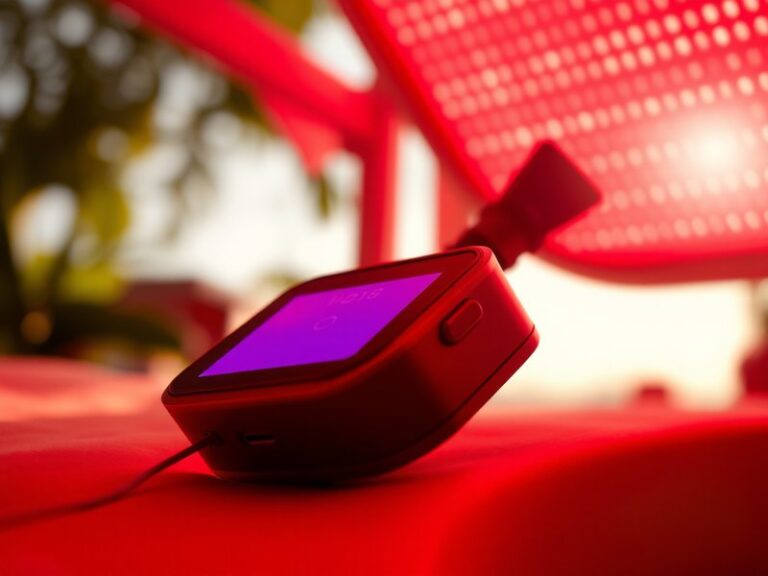Can You Use Led Lights For Red Light Therapy?
Can You Use LED Lights For Red Light Therapy?
Have you ever wondered if you can utilize common LED lights for red light therapy?
This article will explore the question in depth, discussing the feasibility of using LED lights for red light therapy, its benefits, considerations, and potential alternatives. By the end, you’ll have a clear understanding of how LED lights fit into the world of red light therapy.
Key Takeaways
- LED lights can be used for red light therapy, but specific wavelengths offer the most benefits.
- Red light therapy is known for its potential to promote healing, reduce inflammation, and improve skin health.
- Considerations such as light intensity and duration of exposure are crucial for effective therapy.
What is Red Light Therapy?
Red light therapy (RLT) involves exposing the body to low levels of red or near-infrared light. It is a non-invasive treatment that has gained popularity for its healing and rejuvenating properties.
The therapy works at the cellular level by energizing mitochondria, the powerhouses of cells, to produce more ATP (adenosine triphosphate). This increased energy production can lead to various health benefits, including wound healing, reduced inflammation, and improved skin appearance.
Red light therapy usually involves specific wavelengths of light, typically between 600 and 850 nanometers. Devices used for RLT often employ LEDs, lasers, or other light sources designed to emit these wavelengths effectively.
What are the Benefits of Red Light Therapy?
Exploring the benefits of red light therapy reveals numerous advantages that have drawn attention from both medical professionals and wellness enthusiasts.
Improves Skin Health
Red light therapy can enhance the production of collagen and elastin in the skin, leading to a reduction in wrinkles and fine lines. Clinical studies have shown that regular exposure may improve skin tone and texture.
Reduces Pain and Inflammation
Many users report decreased pain and inflammation in conditions such as arthritis and muscle soreness. Red light therapy can potentially accelerate the healing process for injuries and post-surgical recovery.
Enhances Wound Healing
The application of red light therapy may improve wound healing times by promoting cellular regeneration. It’s often combined with other treatments in clinical settings for optimal results.
Boosts Mood and Energy Levels
There is emerging evidence to suggest that red light therapy may positively influence mood and energy levels by affecting hormonal balance and reducing fatigue.
Is it Possible to Use LED Lights for Red Light Therapy?
Yes, you can use LED lights for red light therapy, but using specific red and near-infrared LEDs is essential for achieving desired results. Not all LED lights emit the wavelengths typically utilized in RLT, so it’s vital to choose the right kind.
What are the Advantages of Using LED Lights for RLT?
Utilizing LED lights for red light therapy presents several advantages.
Safety and Non-Invasiveness
LED lights are generally safe and non-invasive, allowing for at-home treatments without the need for professional supervision. They pose minimal risks compared to other medical procedures.
Cost-Effectiveness
Compared to specialized therapy devices, certain LED options can be more budget-friendly, making access to red light therapy feasible for a larger audience.
Convenience of Use
With portable LED devices, individuals can easily incorporate red light therapy into their daily routines, allowing for flexibility and convenience.
Extended Lifespan of LEDs
LEDs typically have a long lifespan, meaning users can benefit from consistent use without the hassle of frequent replacements.
Read our exploration of Are Red Light Devices Safe?
What are the Disadvantages of Using LED Lights for RLT?
While using LED lights for red light therapy has its benefits, there are some disadvantages to consider.
Limited Wavelength Options
Many standard LED lights might not emit the exact wavelengths conducive to effective red light therapy. It’s crucial to ensure that the selected LEDs are designed specifically for this purpose.
Potential Ineffective Treatment
Using non-specific LED lights may yield limited results compared to dedicated red light therapy devices. The efficacy may not meet the expectations formed through more potent alternatives.
Intensity and Exposure Time
Getting adequate intensity and exposure time can be challenging with general-purpose LEDs, which may affect therapeutic outcomes.
What are the Things to Consider Before Using LED Lights for Red Light Therapy?
Before incorporating LED lights into your red light therapy regimen, there are important factors to keep in mind.
Check Wavelength Specifications
Ensure the LED lights emit wavelengths between 600 to 850 nanometers, as this range has proven to be effective for therapeutic results.
Assess Light Intensity
Evaluate the intensity of the LED lights since adequate exposure levels are essential for achieving the desired effects.
Consider Treatment Duration
Establish a consistent treatment schedule while taking care to follow guidelines regarding exposure duration for optimal benefits.
Research Product Reviews
Investigate product reviews and clinical data to assess the effectiveness of specific LED devices advertised for red light therapy.
What are the Alternatives to LED Lights for Red Light Therapy?
If you prefer other options for red light therapy, several alternatives can provide effective results.
Laser Therapy Devices
Medical-grade laser therapy devices can offer a more targeted approach to red light therapy, operating at precise wavelengths to enhance therapeutic effects.
Get all the info in Does Red Light Therapy Boost Metabolism?
Infrared Saunas
Infrared saunas use far-infrared light to penetrate the skin deeply, offering relaxation and therapeutic benefits similar to red light therapy.
Light Panels
Specialized light panels designed for red light therapy provide a broader area of coverage and can be employed for large body areas for a more extensive treatment experience.
Add an additional 1-3 Alternatives
Explore handheld devices or specialized facial masks that are designed explicitly for red light therapy, delivering high-intensity treatments in targeted areas.
Conclusion: Is it Recommended to Use LED Lights for Red Light Therapy?
Using LED lights for red light therapy is feasible, provided the specific lights are capable of emitting appropriate wavelengths for effective results. While there are undeniably advantages, such as safety and convenience, attention should be paid to the limitations and rules surrounding the devices’ specifications. If you’re considering incorporating LED lights into your therapy regimen, carefully evaluate both the pros and cons to make an informed decision.
Frequently Asked Questions
Can all LED lights be used for red light therapy?
No, only LED lights that emit the correct wavelengths, typically between 600-850 nanometers, can be effective for red light therapy.
How often should I use LEDs for red light therapy?
Frequency can vary based on individual needs, but many users benefit from sessions of 10-20 minutes, several times a week.
Is red light therapy safe?
Yes, red light therapy is generally considered safe, non-invasive, and free from significant side effects when used appropriately.
What results can I expect from red light therapy?
Results can vary widely, but many users experience improved skin health, reduced pain levels, and enhanced overall well-being with consistent use.
Are there any contraindications for using red light therapy?
Certain conditions, such as severe skin disorders or overactive thyroid, may require consultation with a healthcare provider before starting red light therapy.
